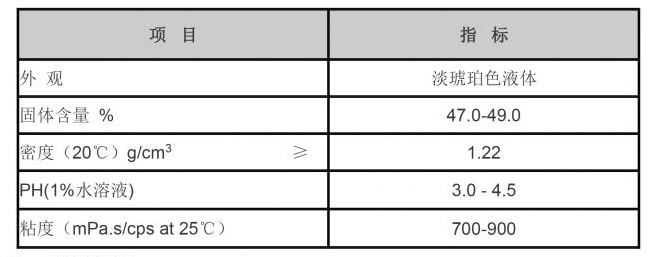Properties and Applications of Poly Aluminium Chloride Solution in Water Treatment
Polyaluminium Chloride Solution An Overview
Polyaluminium chloride (PAC) is a widely used coagulant in water treatment processes, characterized by its versatile functionality and efficiency. This inorganic polymer is essentially a mixture of aluminium hydroxides and aluminium chlorides, which allows it to perform effectively in various environmental and industrial applications. The solution form of PAC, typically obtained by dissolving the solid polymer in water, enhances its usability, making it a preferred choice in both municipal and industrial water treatment facilities.
Polyaluminium Chloride Solution An Overview
PAC is noted for its effectiveness at lower dosages compared to traditional coagulants like aluminum sulfate. Its higher charge density and favorable molecular structure lead to improved coagulation and flocculation. This not only enhances the clarity of the treated water but also reduces the need for additional treatments, ultimately leading to cost savings for water treatment plants. Moreover, PAC is more efficient across a wide pH range, making it suitable for various water conditions.
polyaluminium chloride solution

Environmental factors are increasingly critical in the choice of water treatment chemicals. PAC is considered more environmentally friendly than some alternative coagulants, as it produces less sludge and does not contain harmful by-products like chlorinated organic compounds. Its use contributes to sustainable water management practices, minimizing the ecological footprint of water treatment processes.
In addition to its use in drinking water and wastewater treatment, PAC finds applications in several industrial processes, including paper production, textile manufacturing, and oil refining. In papermaking, for instance, PAC is used to enhance the retention of cellulose fibers and fillers, improving the overall quality of the final product. In the textile industry, it assists in dyeing processes by ensuring better color fixation.
Despite its advantages, proper handling and application of PAC are essential to maximize its effectiveness and to ensure safety. As with all chemicals, personnel must be trained in handling procedures, and appropriate protective measures should be in place to mitigate any potential risks associated with its use.
In conclusion, polyaluminium chloride solution is a powerful and efficient coagulant that plays a vital role in modern water treatment processes. Its benefits, ranging from enhanced water clarity to reduced environmental impact, make it an invaluable component in the pursuit of clean and safe water across various applications. As industries and municipalities continue to seek more efficient and sustainable water treatment solutions, the role of PAC is likely to expand even further in the coming years.
-
Understanding Polycarboxylic Acids: Properties, Applications, and Future PotentialNewsJul.28,2025
-
Scale Inhibitor Explained: How to Protect Your System from Limescale and Hard Water DamageNewsJul.28,2025
-
Scale and Corrosion Inhibitors: Essential Chemicals for Industrial Water System ProtectionNewsJul.28,2025
-
Polyaspartic Acid: A Biodegradable Polymer for Sustainable ChemistryNewsJul.28,2025
-
Isothiazolinones: A Versatile Antimicrobial Class with Industrial Power and Regulatory ChallengesNewsJul.28,2025
-
A Deep Dive into 2-Phosphonobutane-1,2,4-Tricarboxylic Acid (PBTC)NewsJul.28,2025





